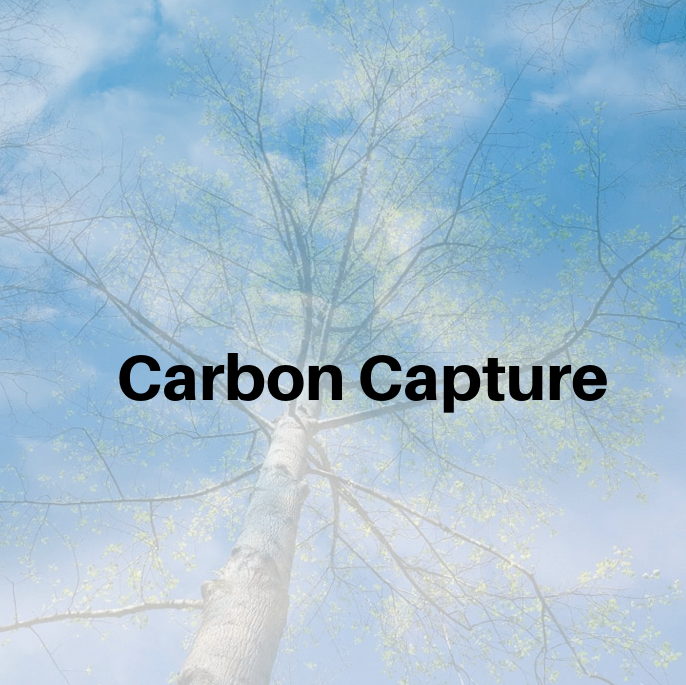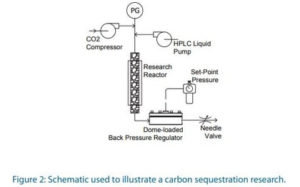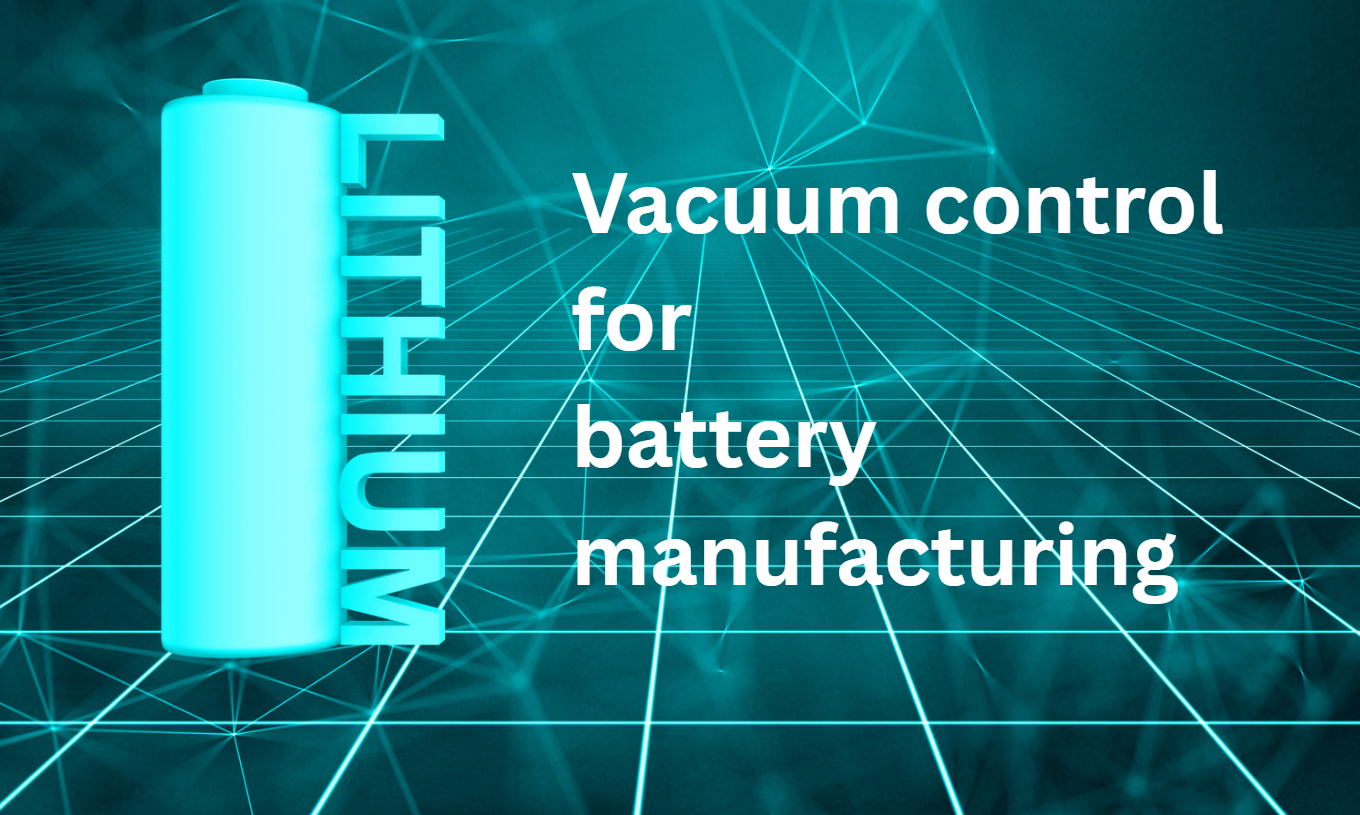Carbon Capture & Storage (CCS) refers to technologies that reduce carbon dioxide (CO2) emissions by catching and containing the CO2 created by fossil fuel combustion before it is released to the atmosphere. These technologies have the potential to mitigate climate change by reducing the negative environmental effects of burning fossil fuels.
According to the Climate Portal Website hosted by MIT, an intriguing technical question is not only how to capture CO2 but also how to store and then use it once it has been contained.
In the past ten years, Equilibar® valves and regulators have played important roles in a variety of exciting CCS efforts that could help reduce global warming. Read on to learn more about a few of these applications.
Case study: Australian National University at Canberra performs carbon geo-sequestration research
The most common way to sequester CO2 is to pump it down wells into geological formations in the earth. Termed geo-sequestration, this method requires that researchers have a thorough understanding of all factors involved in each specific geological site. Core sampling and core analysis play a key role in this research.
At the Australian National University at Canberra, researchers required a unique solution for an ultra low flow supercritical CO2 core analysis application. They used an Equilibar research series back pressure regulator made out of SS316 with a stainless steel diaphragm and FFKM O-rings. The advantages of this regulator design included chemical compatibility, steady performance with mixed-phase flow, ease of maintenance, and the ability to handle a wide range of flow. Read the case study for details: Geo-sequestration research in Australia
Case study: University of South Carolina uses supercritical CO2 research to explore novel method of utilizing captured emissions
The goal of this climate-based research is to study high-pressure electrical discharge and its effects in supercritical CO2. Electrical breakdown in low-pressure CO2 with a catalyst can cause CO2 to split and produce carbon monoxide, which can later be combined with hydrogen to make synthetic fuels. Researchers at the University of South Carolina are using an Equilibar® back pressure regulator as well as an Equilibar® electronic regulator to maintain stable pressure at the critical point of CO2.
An Equilibar HT1 back pressure regulator and an Equilibar EPR3000 were chosen for this research because they offer the ability to control high pressure, they are compatible with high temperatures, and they perform well with mixed phase fluids—all while using automation to safely monitor and control the system remotely. Read the case study for details: Supercritical CO2 research evaluates alternate method of using captured CO2 emissions (equilibar.com)
Case study: England’s Loughborough University investigates sequestering CO2 in saline aquifers
Loughborough University in Leicestershire, England performs research to determine the stability of CO2 after injection into saline aquifers at depths where the underground pressure would keep the CO2 in its supercritical state. To assess the risks of leakage from the aquifer, researchers are studying dissolution of supercritical CO2 into brine, displacement of the brine by supercritical CO2, mineral precipitation of the host rock, and other processes related to the fluid-fluid-porous media interactions.
The project requires characterizing the two-phase flow of supercritical CO2 and brine. To meet this goal, the system must be maintained at a pressure and temperature that will ensure the fluids are in conditions similar to the geological sites where the actual sequestration will take place. Conventional spring-loaded pressure control valves were found to be incapable of providing stable control, but the dome-loaded multiple orifice technology from Equilibar improved performance significantly. More details can be found in the case study: Demanding Supercritical CO2 Service: Equilibar Back Pressure Regulator maintains stability in porous media research
Application Spotlight:
Carbon dioxide (CO2) electrolysis reduces CO2 to CO, often combining with water (H2O) to make valuable hydrocarbon chemicals and fuels. Capturing CO2 to create hydrocarbons for fuel removes CO2 from the air is an important part of efforts to reduce climate change by preventing CO2 from entering the atmosphere. Equilibar back pressure regulators are an ideal product to use in CO2 electrolysis.
Overlapping fields of interest:
Corrosion studies, supercritical research and core analysis often intersect with CCS research
Due to the complex factors involved in CCS, research into it often overlaps with other areas of inquiry including corrosion studies, supercritical research and core analysis.
For example, corrosion studies are used to understand how steel alloy materials perform in specific environments. Since supercritical CO2 is used for carbon capture and storage, the corrosion effect of impurities in liquid CO2 on steel alloys is relevant. Equilibar application and product pages provide information on this and other related topics:
- Corrosion Studies of Steel Alloy Materials – Equilibar control valves.
- Supercritical CO2 Back Pressure Regulator | Equilibar Precision Control
- Pressure Regulator for Core Analysis – Equilibar Precision Fluid Control
Research journals offer more examples
Equilibar has been cited in dozens of scholarly papers reporting on CCS research efforts. Review the samples below or use an academic database such as Google Scholar to search for more:
- Sealing of fractures in a representative CO2 reservoir caprock by migration of fines – Rod – 2021 – Greenhouse Gases: Science and Technology – Wiley Online Library
- Catalytic Enhancement of Silicate Mineral Weathering for Direct Carbon Capture and Storage
- Investigation of droplet nucleation in CCS relevant systems
Our engineers have experience with many of the complex factors involved in CCS technology. As always, we hope you will feel free to contact them with your questions.




